[The Presidential Citroëns] Presidential Citroën SM: the story of Chapron's masterpiece
- Jérémy

- Aug 7, 2025
- 3 min read

After exploring the origins of the relationship between Citroën and the French Presidency in our first feature, our new series, "Presidential Citroëns," continues its journey through time. Today, we focus on an exceptional vehicle that solidified this unique bond: the Presidential Citroën SM. Commissioned by President Georges Pompidou and crafted by the master coachbuilder Henri Chapron, this car was more than mere transportation; it was the symbol of a modern, ambitious, and forward-looking France. It represents a fascinating chapter in French automotive and political history, where design, technology, and prestige converged at the highest level of the state.
From the DS to the SM: a symbolic and daring transition
As the 1970s dawned, France was undergoing significant change. The era of General de Gaulle, intrinsically linked to his robust and stately Citroën DS, gave way to a new presidency. Georges Pompidou, a man of culture with a passion for modernism and speed, wanted a car that reflected his vision for the country: dynamic, innovative, and bold. The Citroën SM, launched in 1970, emerged as the perfect candidate. With its futuristic lines penned by Robert Opron, its Maserati V6 engine, and its advanced technologies like the hydropneumatic suspension and self-centering power steering (known as DIRAVI), it embodied the pinnacle of French engineering. It represented a stylistic and technological shift from a stately sedan to a grand touring coupé. Consequently, the Élysée Palace issued an official tender in 1971 for the creation of two ceremonial cars based on this model. Unsurprisingly, Henri Chapron, the Parisian coachbuilder already famous for his work on the presidential DS models, was chosen to undertake this challenge. His mission was to transform a two-door coupé into a four-door, convertible parade limousine capable of transporting the world's most important dignitaries in style.
An exceptional Citroën SM, crafted by Chapron
The work carried out by Chapron's workshop on the standard SM was monumental. The car's structure was profoundly altered: the wheelbase was stretched by 59 centimeters (23 inches) to reach 3.54 meters, bringing the vehicle's total length to an impressive 5.60 meters (18.4 feet). This extension allowed for the addition of two rear doors and provided a truly palatial space for passengers. The most striking modification, of course, was its "landaulet" body style: a fixed roof for the driver and a large, retractable soft-top over the rear compartment, allowing the President to stand and wave to the crowds. To aid this, a distinctive crossbar grab handle was installed. The interior was lavishly appointed with fine leather and specialized equipment, including a state communication system. Technically, the car was meticulously adapted for its ceremonial duties. The 3-speed BorgWarner automatic transmission was fitted with a specific gear ratio and an enhanced cooling system to enable the car to travel at a walking pace for hours without overheating. The first of these two unique SMs (registered 2-PR-75) was delivered in 1972, and its first major official outing was in May of that year during Queen Elizabeth II's state visit to France. These two cars would go on to serve the Republic for decades, chauffeuring subsequent presidents like Valéry Giscard d'Estaing, François Mitterrand, and even Jacques Chirac during certain ceremonies, a testament to their exceptional design and enduring symbolic importance.
While General de Gaulle's Citroën DS became legendary, notably for saving his life during the Petit-Clamart assassination attempt, Georges Pompidou's Presidential SM carved its own distinct chapter in the annals of history. Less associated with a single dramatic event, it stands as the embodiment of an ambition—that of a 1970s France that saw itself as a leading industrial and technological power. It was a rolling ambassador, a showcase of French ingenuity for the entire world to see. In choosing the SM, Georges Pompidou did not just order a car; he made a powerful political and aesthetic statement. With the DS and the SM, Citroën proved it was more than just a supplier to the Élysée Palace; it was a true partner in representing the grandeur and modernity of France. These exceptional vehicles have permanently embedded the brand with the double chevrons in the collective consciousness as the car of Presidents, helping to forge a legend that resonates far beyond enthusiast circles.

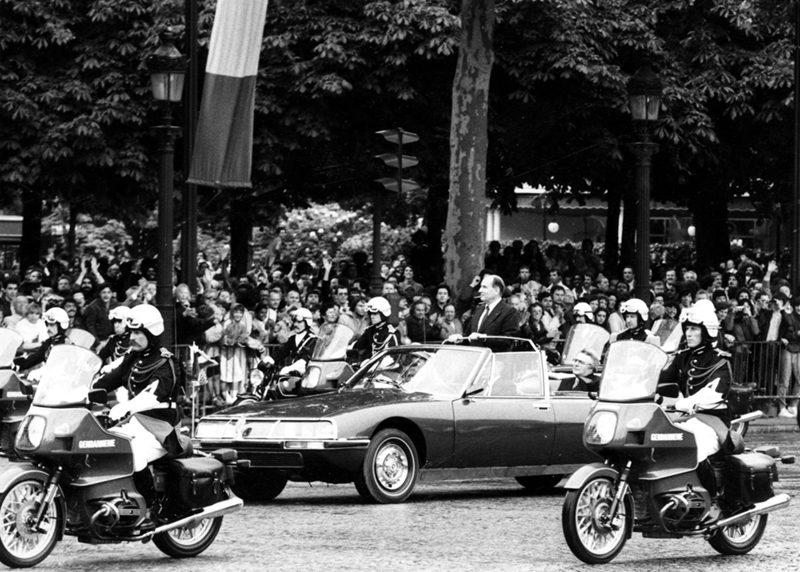
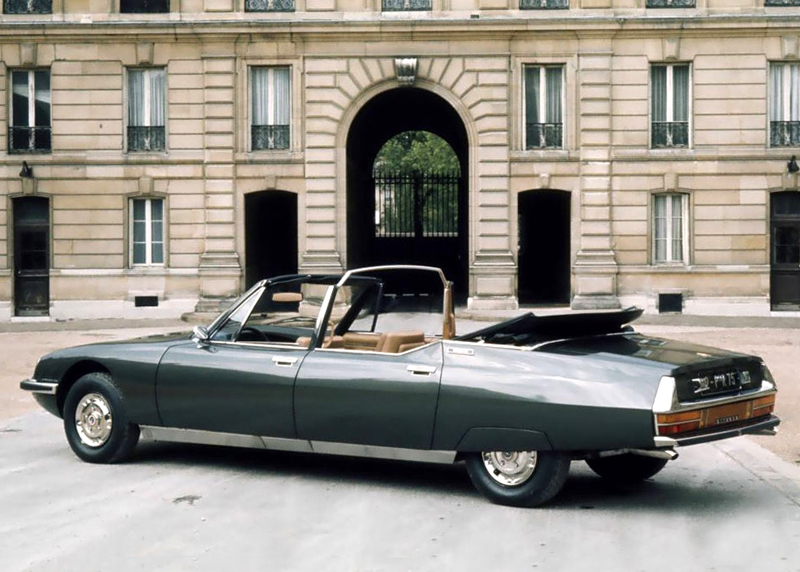

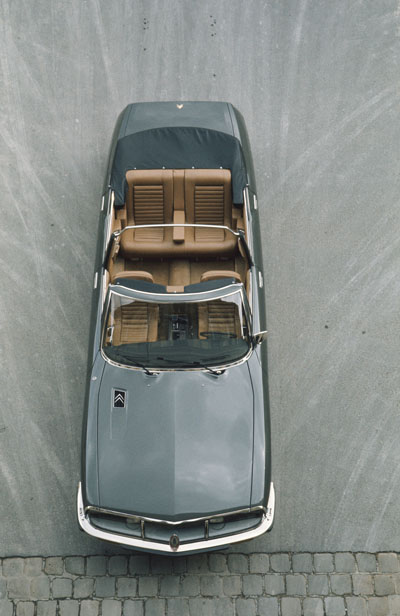
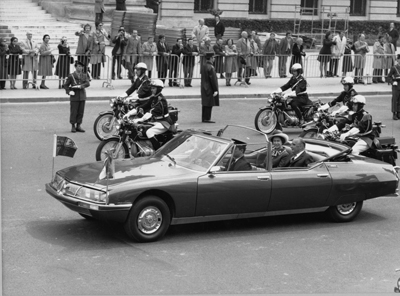
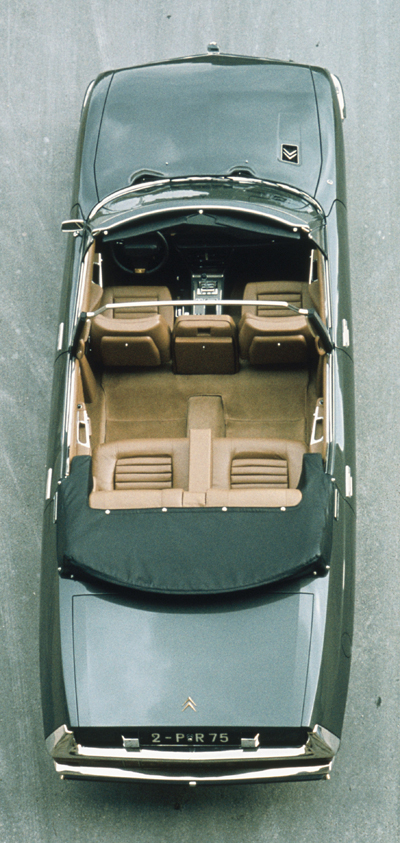
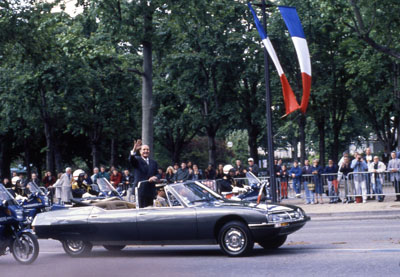
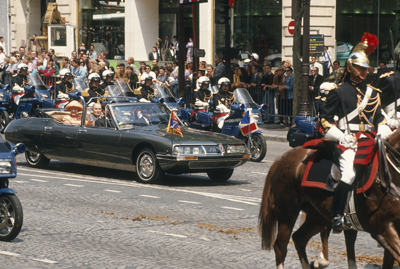

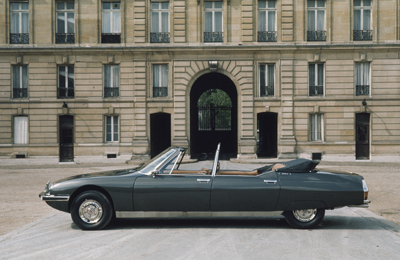
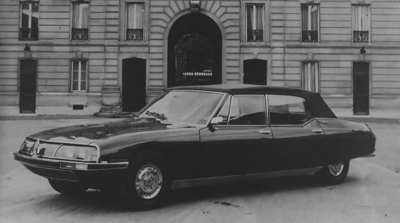




Comments